Fire and Water on the Yuba
This past August, our community and watershed faced a challenge we all knew was likely but hoped would never happen; the Jones Fire ignited in the South Yuba River canyon early morning August 17. The fire burned 705 acres along Rush Creek, a tributary to our Wild and Scenic South Yuba River. Rush Creek is a special place, accommodating visitors looking for a wilderness hike along the nation’s first handicapped-accessible trail, to the home of a robust population of the Sierra newt. Firefighters were faced with a tough battle of steep slopes, limited access, and unforgiving weather. Although 21 homes and structures were burned, our firefighters kept Nevada City and Grass Valley safe and prevented the fire from burning up the South Yuba canyon. SYRCL wants to extend our deep gratitude to the firefighters and first responders for continuing to put their lives on the line for our community and the safety of all California communities.
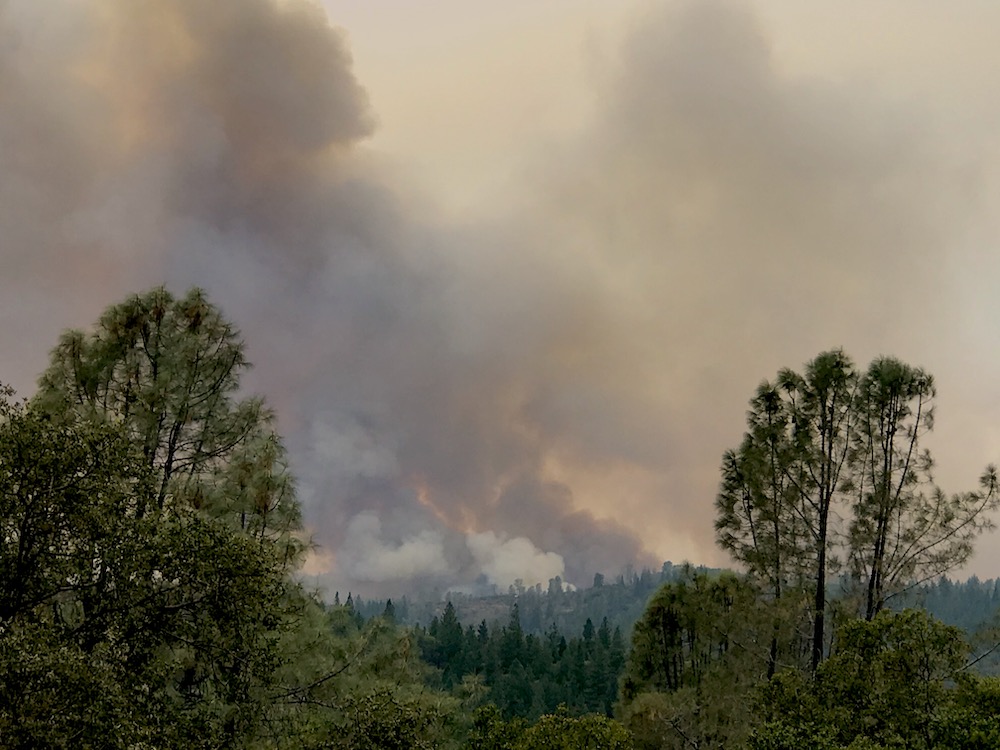
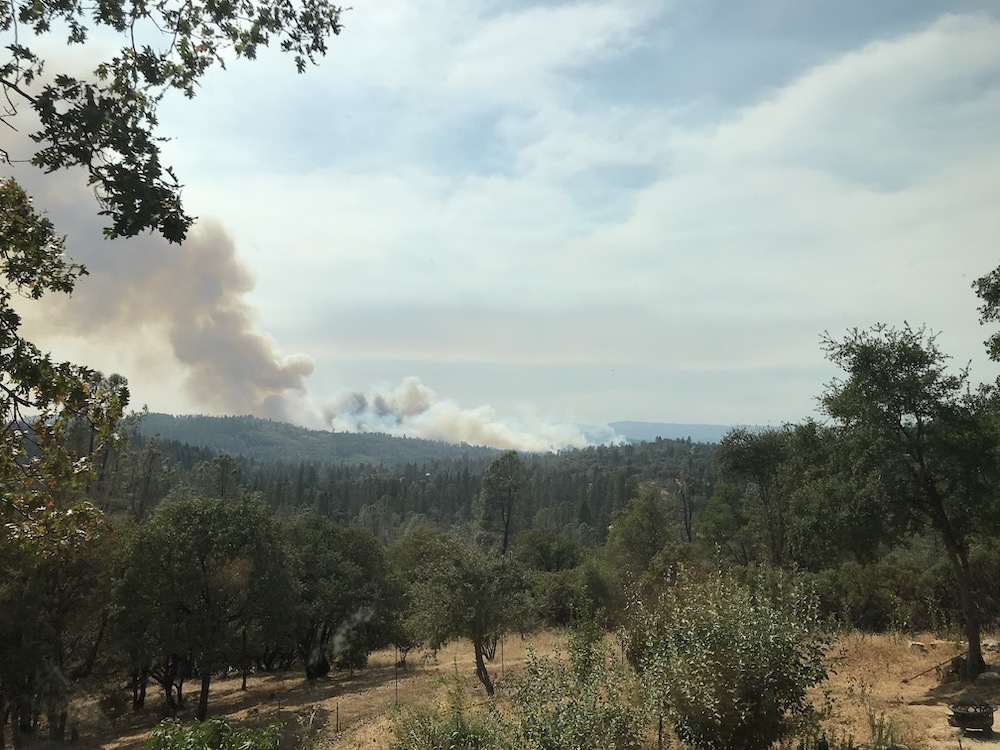
Jones Fire, images taken from Cement Hill Road by Katrina Schneider
As the smoke cleared, we were left with a new landscape. While not diminishing the individual and community loss that resulted from this fire, it is important to remember that fire is a vital natural process, part of our watershed’s healthy ecosystem. In low to moderate intensity burns, fire helps return nutrients to the soil, clears away dead plant matter, and offers the next generation of vegetation a chance to take root between the mature trees that remain. In time, burned areas will naturally reestablish providing new forage and habitat for wildlife to continue to thrive.
As a necessary consequence of protecting our community from the fire, dozer lines cleared vegetation to create fire breaks and fire retardant was used to contain and suppress the fire. The impact of these protective actions in the South Yuba Watershed are still unknown, and the impacts to Rush Creek and the downstream South Yuba still needs to be properly assessed.
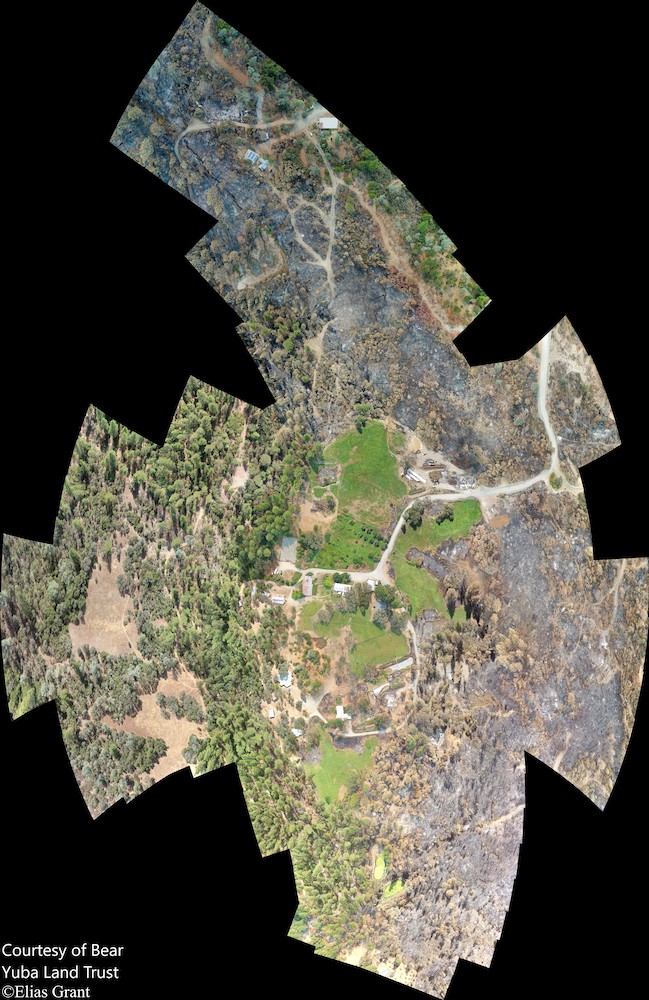
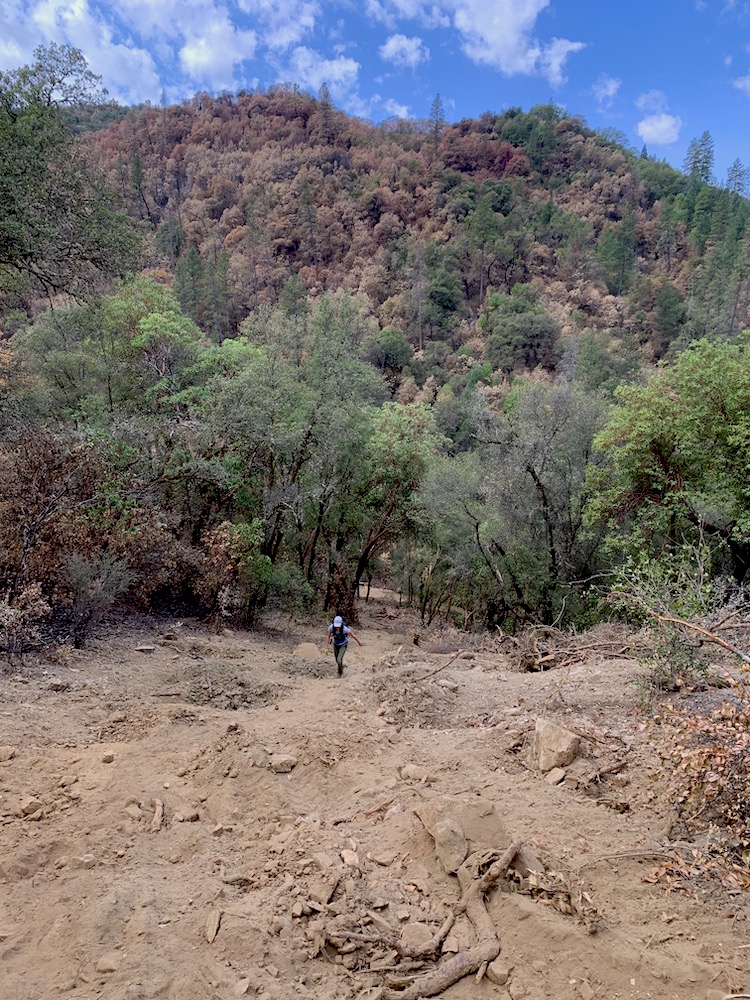
We are now in the new water year and rain is somewhere on the horizon. The first significant rain event will bring what we like to call the “first-flush.” Every fall, the first rains wash dust, vegetation, and other debris accumulated over the summer months into our rivers. You will see water transition from clear to browner (more turbid) with more floating vegetation (leaves, sticks, etc.) as rainfall washes material into the channel. Thanks to our wonderful Yuba River Cleanup volunteers, we won’t see nearly as much trash floating downstream. Rush Creek, where the Jones Fire occurred, will generate a greater amount of turbid water because the low vegetation that helps hold soil in place was burned, and in some places removed to help fight the fire. On the steep hillslopes, the decrease in vegetation combined with rain could potentially trigger debris flows and landslides. Much of the fire burned on State parks and Bear Yuba Land Trust property and they are working to address these issues.
The fire retardant used is made up of two primary ingredients, phosphorus and ammonia. The phosphorus use could trigger algal blooms in Rush Creek or the South Yuba. In addition, we could see hazardous levels of ammonia known to cause fish kills. However, this is only likely if fire retardant made its way directly into the water. As of right now, there has been no evidence of this with the Jones Fire, but we encourage river-goers to report any concerns to SYRCL’s Watershed Science Department.
What is SYRCL doing?
With the support of the Nevada County Environmental Health Department and State Parks, SYRCL is collecting water quality data to look at this year’s first flush event. Collecting water at three locations around Jones Bar, we are sampling for basic water quality parameters (turbidity, pH, dissolved oxygen, conductivity, water temperature) in addition to toxic metals, bacteria, and the chemicals found in fire retardant. Once the rains begin, we’ll continue to monitor periodically to see how our watershed responds.
Stay tuned for a follow-up eNews once we’ve had the time to process samples from the first rains.
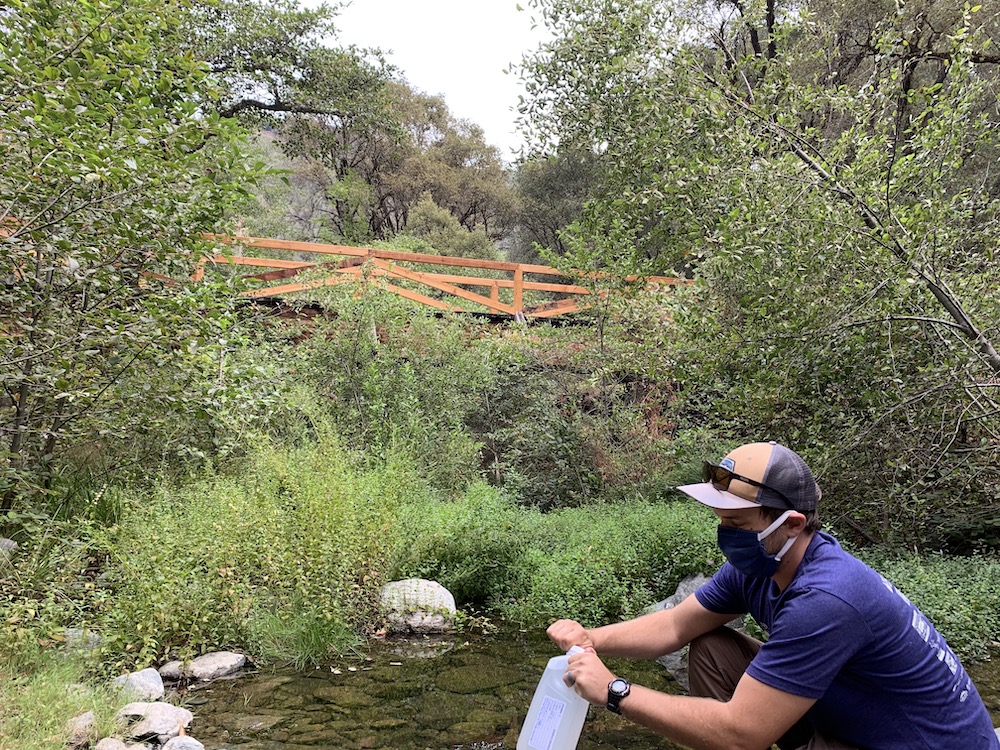
Did you enjoy this post?
Get new SYRCL articles delivered to your inbox by subscribing to our ENews.

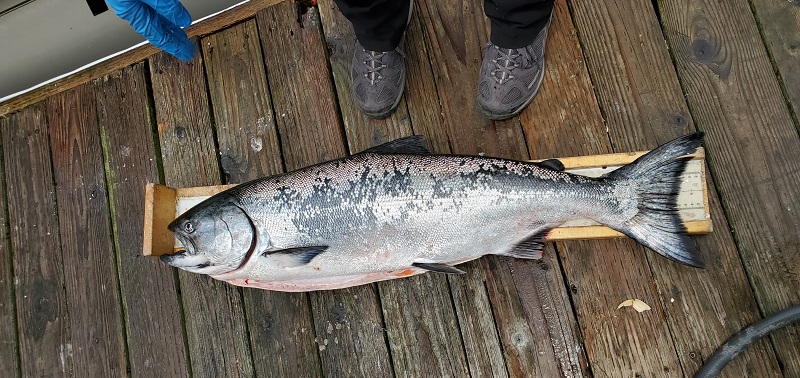

Thank you SOOO Much for all you are doing dear SYRCL staff! SO many peeps ask me, “How will the Yuba be post fire?” .. and I so appreciate the ability to respond, “I don’t know, but SYRCL will track. And we will learn.” A HUGEE gift to our community. Tremendous gratitude!
Y’all rock, thanks for your continued support of the Yuba and surrounding.
Much love, Anahita Wendy Bird
I live near Jones Bar so this is very helpful information to have.
Mother Nature needs a place at the table in this county. That’s you.
Much appreciation!
**Maybe you’ll get some help after the election from our Congressional Representative.